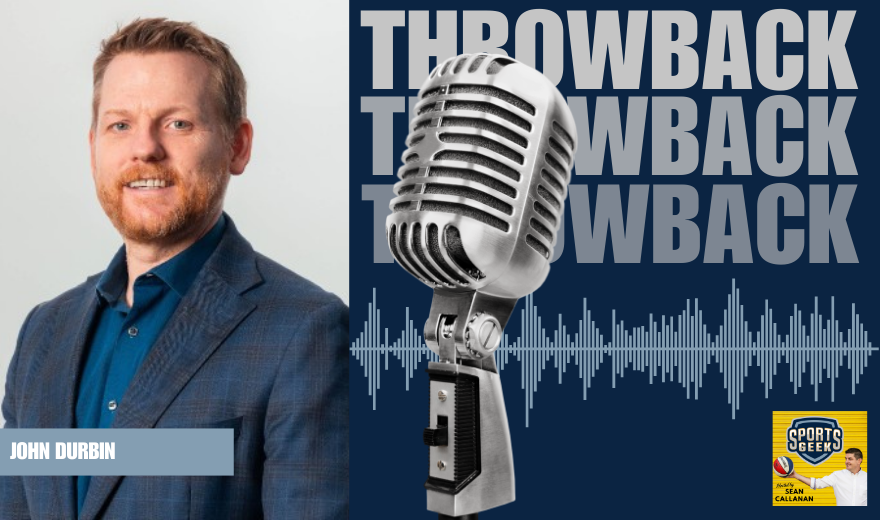This transcript has been lightly edited by AI
Sean: I think many teams have tried to force loyalty on fans by making them jump through hoops. But I like this idea of passive loyalty. You're doing something, we see it, and we have the option to reward you or send personalized messages. It's loyalty, but not like “please tap your phone at booth 123 to collect points.” Instead, you just use the app if it's functional and useful. You get more data, and can reward users effectively. By using it, you've built a loyalty program without branding it as such, and you start getting a better relationship with the fan.
John: That's exactly the premise behind it. At my previous company, there was a trend around loyalty and rewards programs. I thought the thinking was flawed. If you're showing up just to get a punch card punched, you don't have any loyalty to the organization. Once you get your tenth sandwich free, will you come back? If the answer is maybe, that's not loyalty. People aren't drinking Diet Coke because they can unscrew a cap and type in a number for a duffle bag. They're drinking it because they like the taste, its cultural standing, and other reasons.
When I arrived here, we had an app using points as currency. We saw issues with leaderboards, people upset about not being at the top, complaining about jersey costs and points. It turned a well-intentioned thing negative. So we revamped the program based on a model I developed at my previous job, inspired by casinos. You're at a certain level or tier, not playing blackjack for a free buffet, but because you enjoy it, with other gratifications from that action. It's a framework that keeps you coming back or makes you feel good about your decisions.
In our old program, you'd hand your ticket to a taker, they'd scan it, you'd open the app, click the camera icon, scan your ticket, and get points. Now, we know your ticket is in your name. If it scans, you get credit for showing up. We've also put beacons throughout the building. If you're a guest with Bluetooth and location services on, we'll give you credit. We've ditched points as currency, we don't talk about points or how close you are to the next level. We tell people how they can earn, and it comes with benefits. Automating the earning process was key. We used to put codes in our TV broadcasts, but they'd be on Twitter minutes later. That's not an indicator of loyalty, just who's willing to game the system.
Sean: It does come down to gamification. When you build a system with rewards, people will naturally try to game it, cheat, or get to the top of the leaderboard to show how much of a fan they are. I think what you described – if anyone is building a loyalty system, they should say out loud what users have to do. Take your camera, take a photo, click this button, co-sign it, send it off. When you say it out loud, you think, “Why would anyone do that?” If someone's doing a demo, tell them to explicitly say what they have to do and ask, “Would you actually do it?” With casinos and airlines, it's just part of what you do. You look at what rewards you can get because of your actions. I think that's where personalization of marketing is leading, and it's a better feel for what loyalty really is.

